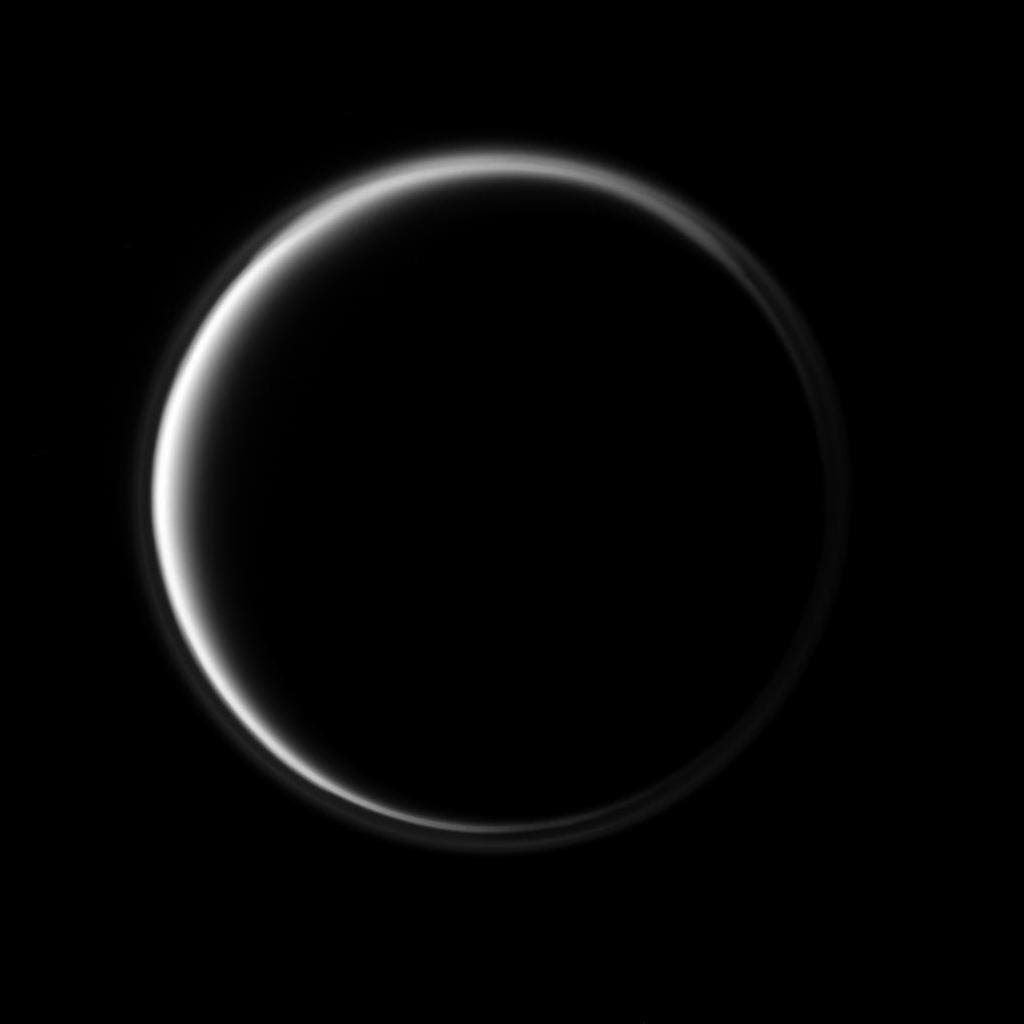China launched a rover over the weekend — the first vehicle humanity has ever sent to the dark side of the Moon.

Early last Saturday, China’s Aerospace Science and Technology Corporation (CASTC), the country’s main state-owned space contractor, launched a rover destined to land on the moon’s far (or ‘dark’) side. This vehicle, christened Chang’e-4 after the Chinese moon goddess, should reach its destination around the New Year, officials explain.
Launched in China
Chang’e-4 is the first rover we’ve ever tried to send to the dark side of the moon — and its adventures should help cement Beijing’s ambitions to become a space superpower, state media outlet Xinhua reported. So far, everything is going according to plan. The rover has blasted off aboard a Long March 3B rocket the southwestern Xichang launch center at 2:23 am local time (18:23 GMT) incident.
Chang’e-4 isn’t very groundbreaking from a technical point of view: it’s pretty much a clone of the Chang’e-3 rover which landed on the moon in 2013 (and was built as a backup in case something happened to Chang’g-3). That mission, however, went swimmingly — China managed the first soft landing of any spacecraft on the moon since 1976. Finding themselves with a surplus rover, CASTC outfitted Chang’e-4 with a different set of instruments and sent it to a different location. It is estimated to reach the dark side of the moon around New Year’s, after which it will start surveying the virgin lands — and growing potatoes.
“Chang’e-4 is humanity’s first probe to land on and explore the far side of the moon,” said the mission’s chief commander He Rongwei of CASTC. “This mission is also the most meaningful deep space exploration research project in the world in 2018,” He said, according to state-run Global Times.
What’s the big deal?
It’s not the first time humans or robots make their way to the moon. It isn’t particularly hard to study either (relative to other astral bodies,) since you can actually see it pretty well through amateur telescopes.
But it is the first time we’re sending boots (or rather, wheels) on the ground of that side. One particularity of the moon is that it’s tidally locked: the Earth’s gravitational pull makes it so that one side of the satellite always faces our planet. In fact, no human eyes had ever gazed upon this side of the Moon until 1959, when the Soviet probe Luna 3 captured a few images of it.
The side we see up in the night’s sky is pretty flat and easy to land on. The dark side is very rugged and grooved with mountains. This will likely complicate landing procedures for Chang’e-4 and cause quite a few tense moments at mission control. However, the CASTC crew is confident in their mission. The plan is for the rover to land in the 110-mile-wide Von Kármán crater and become the first to explore this mysterious side of the moon.
“China over the past 10 or 20 years has been systematically ticking off the various firsts that America and the Soviet Union did in the 1960s and 1970s in space exploration,” Jonathan McDowell, an astronomer at the Harvard-Smithsonian Center for Astrophysicsm told Phys.
“This is one of the first times they’ve done something that no one else has done before.”


